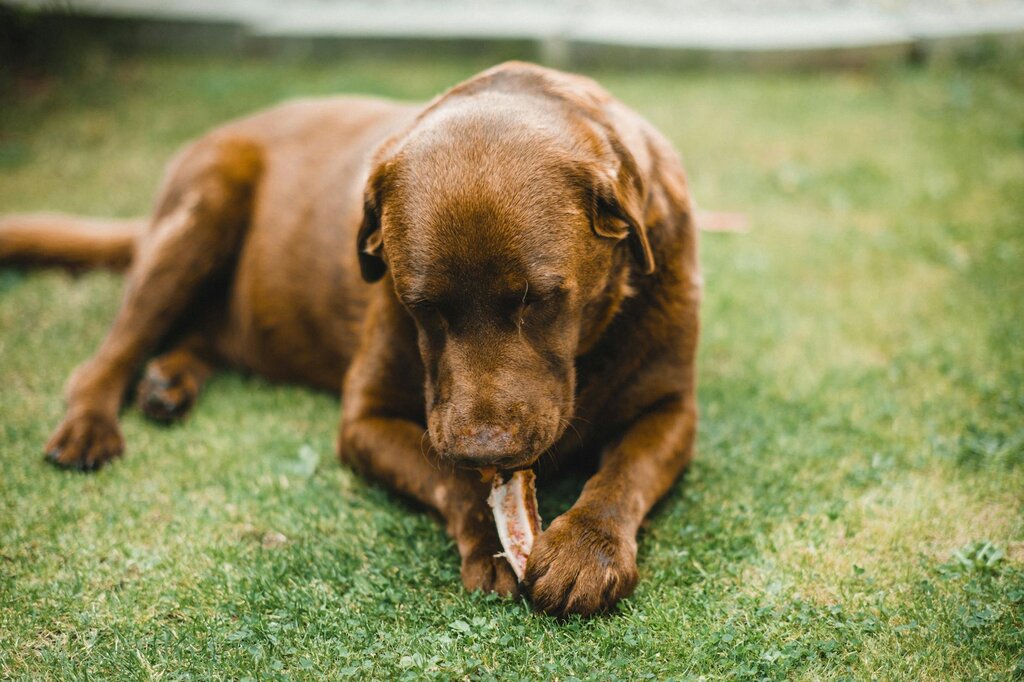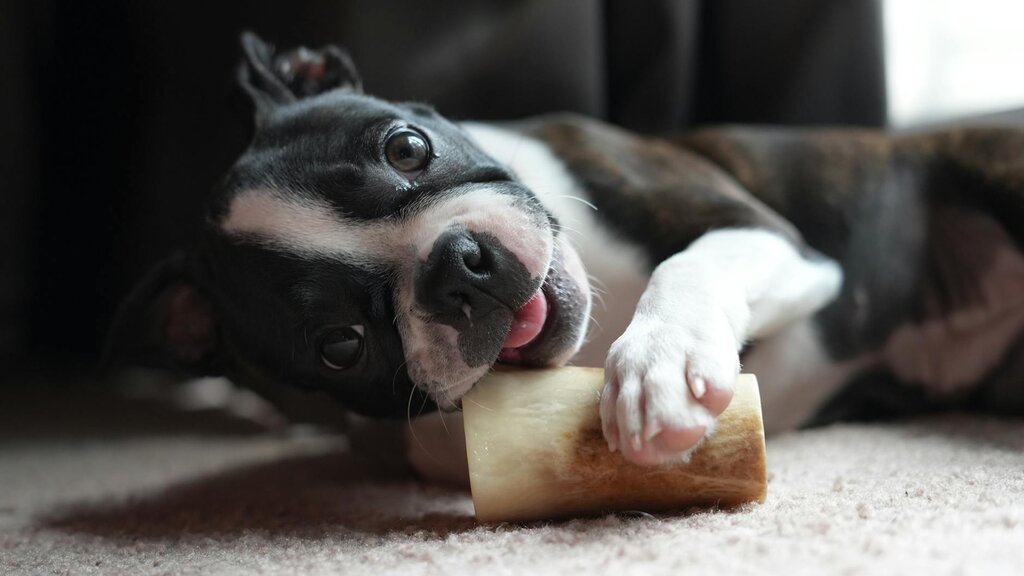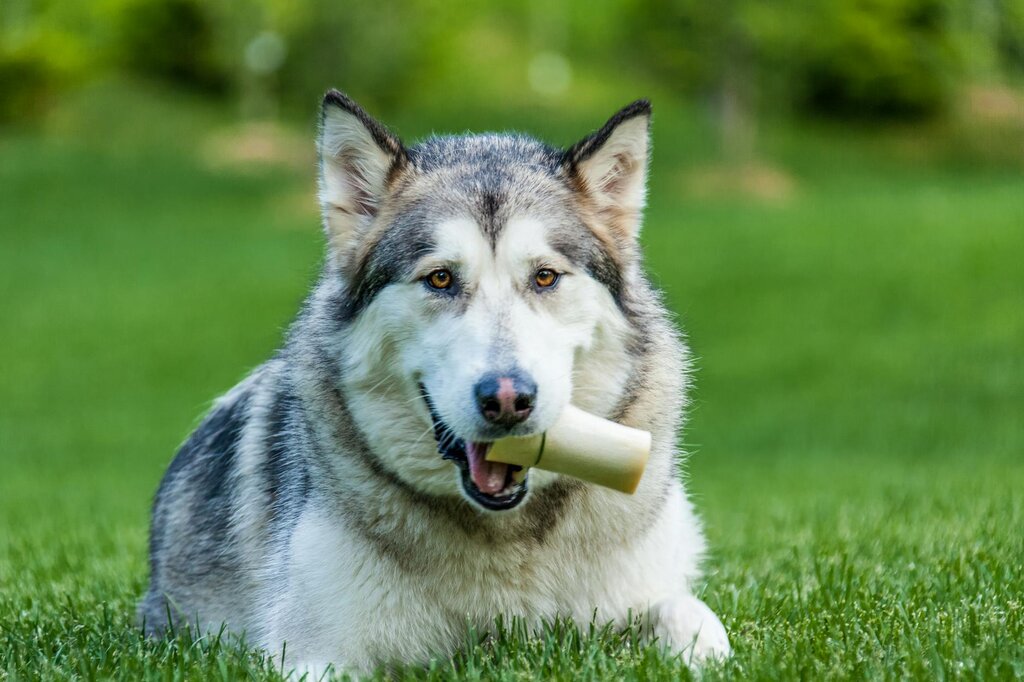Ultimately, bones can have benefits, so if you do decide to feed your dog bones these tips may help to reduce the risk...
1. Only ever give RAW bones
Surely this one goes without saying. Cooked bones can cause splintering and can quickly become very dangerous. There are no exceptions here - stick with raw only.
2. Always make sure bones are FRESH.
Never feed old bones that have 'gone bad' and never leave bones out for more than 24 hours - or even shorter (12 hours) if it is a hot day. I typically recommend providing the bone in the morning, and removing it at night. If you want to, you can put it in the freezer, and feed it one more time the following day. Once your dog has had two days' worth of chewing, it's time to throw the bone away. (And don't forget to keep track of how many bones you've left out - if you forget about one, it can 'cook' in the sun over time and become hard, splintery, and dangerous!)
3. Always SUPERVISE
This one can be tough, as many people like to leave their dog alone with a bone to keep them occupied. The need for supervision does depend somewhat on your dog - for example, overzealous, food-gobbling dogs like labradors may need more supervision than gentler, slower dogs.
4. Choose a bone that is the right SIZE AND SHAPE for your dog.
What type of bone is safest for your dog? As stated previously, it's best to aim for a bone that is a similar size to your dog's head.
For small dogs, you might like try offcut bones, rib bones, or soup bones (which are typically made from cow vertebrae). Be aware that these types of bones can have a lot of marrow exposed or meaty tissue attached, so adjust their diet accordingly. Dogs with a sensitive stomach, issues with their weight, or history of pancreatitis should not be fed bones with excessive marrow or meaty tissue, as it adds too much fat into their diet. You can also give your smaller dog a larger sheep or cow femur bone, as there is no harm giving a large bone to a small dog (- they just might find it difficult to lug it around!)
For larger dogs, most vets don't recommend anything smaller than whole cow femur bones. And when I say whole - I mean whole. Many butchers like to slice large bones in half lengthways (pole to pole), exposing the whole of the bone's delicious, inner fatty marrow. As discussed before, your dog may love this, but unfortunately it really is just too much fat for one sitting and can lead to pancreatitis. Plus, it can really add a giant stack of calories into their diet! Whole intact bones are preferable, or at most, a slice in half width-ways (like a tree being chopped down) is ok, as it exposes only a small amount of marrow.
What about raw chicken wings or chicken necks? For keeping your dog's teeth clean and healthy, typically I don't recommend chicken wings or chicken necks, as most dogs eat them too quickly to be of any real benefit. Remember - bones help clean the teeth through extended periods of chewing, which ultimately mimics tooth 'brushing' via the grinding of the tooth surface against the bone. A quick crunch and swallow of a chicken wing doesn't provide the same effect as a good, long chew session. There's also the very real risk that dogs will try and swallow a chicken wing or neck whole which can cause an obstruction.




